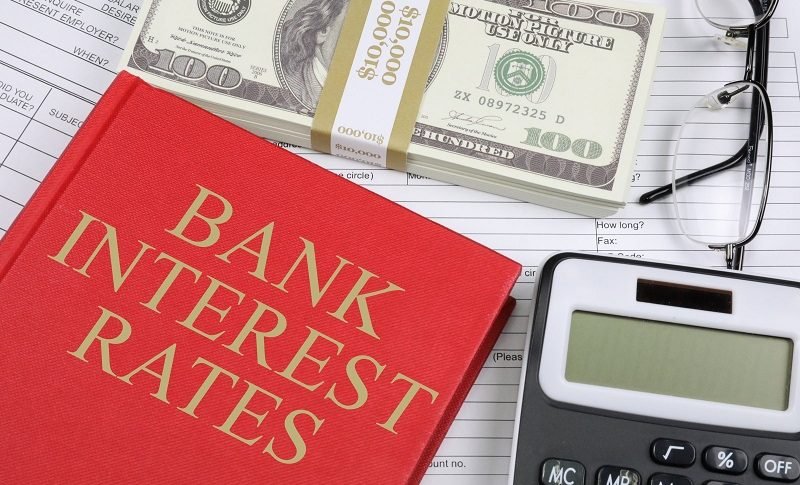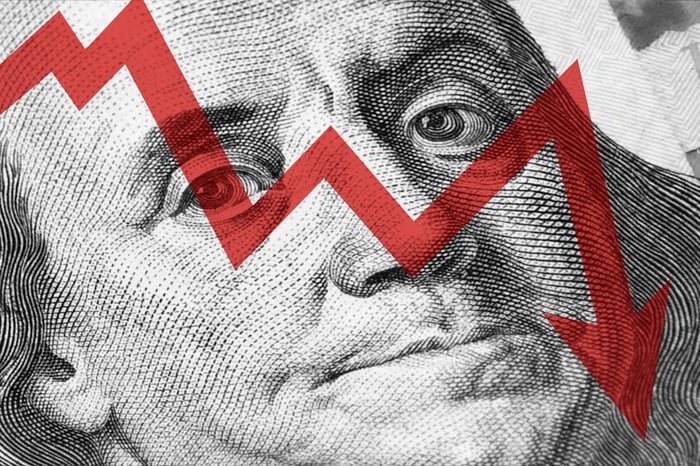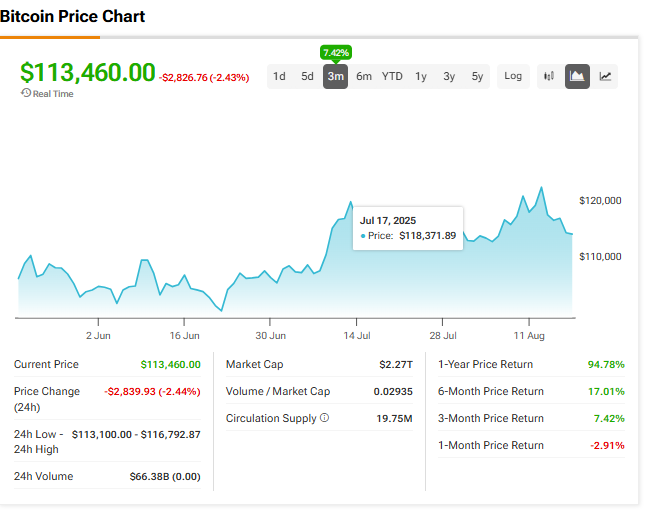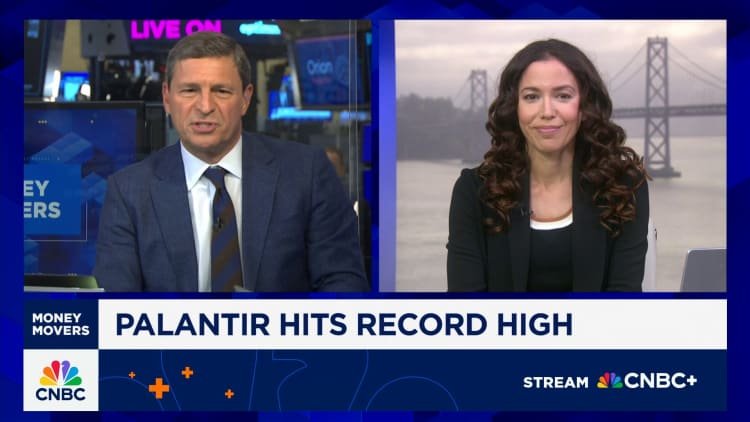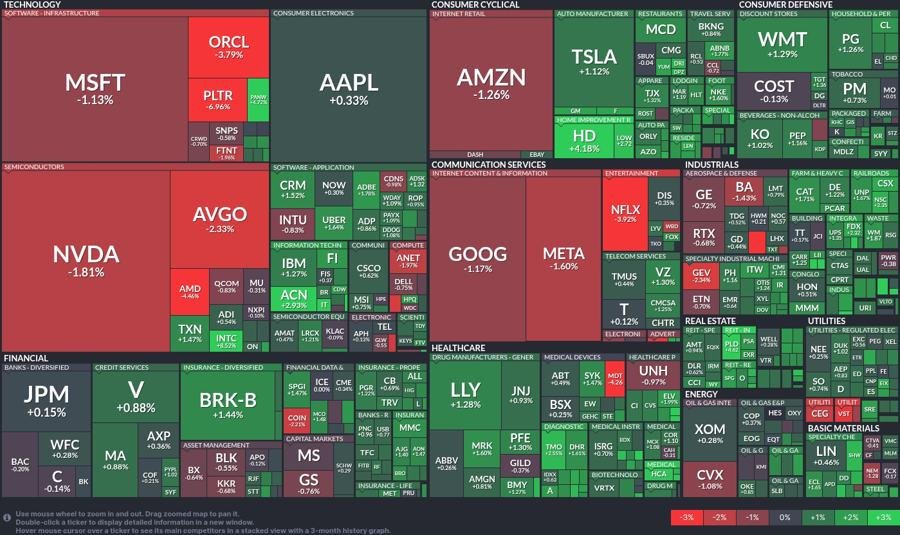This as-told-to essay is based on a conversation with Andrew Menaker, a psychologist and a day trading coach based in San Francisco. It has been edited for length and clarity.
First of all, I had never, ever planned on becoming a trading psychology coach. In fact, many years ago, I never knew anything about markets. I think I had one econ class in undergrad. That was it.
I actually started my career at the US Navy as an independent psychological consultant. My job was to work with agencies like the NCIS, the FBI, and the Secret Service and to help with things like threat assessments and hostage negotiations. I felt like an impostor, coming right out of grad school, but I seemed to be a natural for it.
I got very lucky. Wells Fargo heard about my reputation in the Navy, and, after a post-doc internship with them, I was hired as a psychological consultant on their trading desk. Again, I felt like an impostor — no background in finance, brand new Ph.D. Here I am, green behind the ears. But the people at Wells Fargo saw something in me.
My very first clients were institutional desk traders who were moving hundreds of millions of dollars at the push of a button. It was the first time I had been exposed to trading.
After several years of consulting on Wall Street, I started trading on my own. It was the ’90s in San Francisco during the dot-com bubble. Stocks were starting to race up. The market bug bit, and I thought, “Oh my gosh, this is something for me. I’ve got to do this for myself.”
Courtesy of Andrew Menaker
Back in those days, all stocks were going up, so it was kind of easy. My brokerage account went from $25,000 to $150,000 over a six-month period, and I was featured in a book about my trading success. I still trade today.
Now, I run my own coaching practice, where I work with traders of all sorts — Wall Street traders, prop traders, and even retail traders, some of whom are aiming to go full-time.
People usually come to me with some kind of trading issue: “I can’t follow my plan.” “I’m having a hard time accepting losses.” “I’m over-trading.”
What many people don’t realize is that they’re not just trading in a vacuum, whether they’re on a bank desk or in a hedge fund or trading their own money. Your whole life comes with you into every trade, whether you consciously realize it or not. My job is to help people understand that.
Related stories

Business Insider tells the innovative stories you want to know

Business Insider tells the innovative stories you want to know
I call it trading your “inner market.” It’s comprised of biological influences — your sleep, your hormone levels — as well as your emotions — your thoughts, your memories, your experiences in life, how people see you, and how you want to be seen by others.
When a trader understands how their inner market operates, they start to see the market on the screen differently. By default, I end up becoming a life coach for many of my clients. I’m helping them, not just with their trading, but with marriages, divorces, having children, all kinds of stuff.
Here are some of the most common issues I see hold traders back — and what I recommend traders do instead.
Big ego
When I was featured in a book about my trading success, I was one of 16 top traders that was featured. That really puffed up my ego.
But within weeks of that book coming out, my trading went downhill. I had the biggest drawdown of my career.
I talk about this often with my clients. I call it the recognition trap. The fame and the pressure that comes with it can smell trouble for your performance, and that certainly happened to me.
Some of my clients might know that their ego is too big. But it often requires somebody else — someone credible that they trust — to actually point it out to them.
Too aggressive
Around 70%-80% of my retail clients are too aggressive in taking risks. They tend to put on too many trades. They tend to be impulsive. They can’t wait for the moment when their plan says they should be getting into the market.
And, when they lose money, they want to make it back as quickly as possible. So they start revenge trading, which usually makes things worse.
Too scared
There are some clients who are very frozen-deer-in-the-headlights. I see this often when I work with traders who are software engineers. Their background is all about precision, black and white, right or wrong. Unless it’s perfect, they’re not going to want to pull the trigger.
Well, markets are never perfect. They’re kind of messy. So people who tend to be more on the risk-averse side, they tend to be the under-traders.
Solutions
Journaling. All traders should be keeping what I call a real-time emotion journal. Ask yourself questions while you’re engaged with the market. What am I feeling right now? Why am I feeling this way? When I feel this way, what do I typically do? Write that out and answer it.
Many traders get pulled into the market. They’re staring at the screen and feel that they have no choice but to execute the trade. But you always have a choice. This type of reflection can help people recognize when they’re under pressure. They don’t have to hit the button so automatically.
Regulate your nervous system. When you’re feeling anxious, the limbic system will generate the flight, fight, or freeze response. We all have it. But that instinct often translates into hitting the button on your keyboard at the wrong time. If you can relax, the response won’t be quite as extreme.
You can downregulate your nervous system by tracking heart rate variability with a monitor. If you don’t have that, you can simply take slow, long breaths when you’re under pressure.
Be aware of your health. When I take on a new client, I explore their physiology with them. What’s your diet like? What’s your exercise routine? How much sleep are you getting? All of that filters into how we see the market and how we interact with it.
If you didn’t sleep much last night, be really careful about putting on trades. I’ve seen it with myself and my clients. There’s a correlation between sleep deprivation and sloppy trading.
Are you a day trader and want to share your story? Reach out to this reporter at jsor@businessinsider.com.

